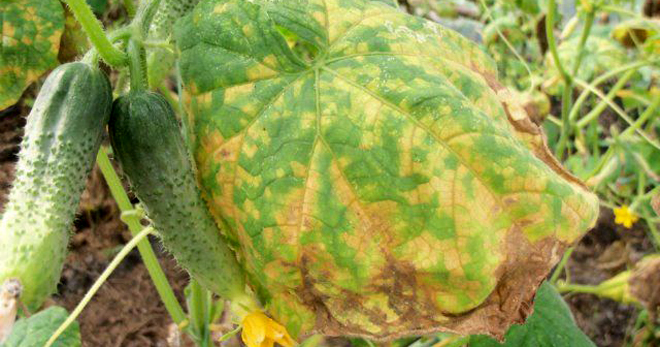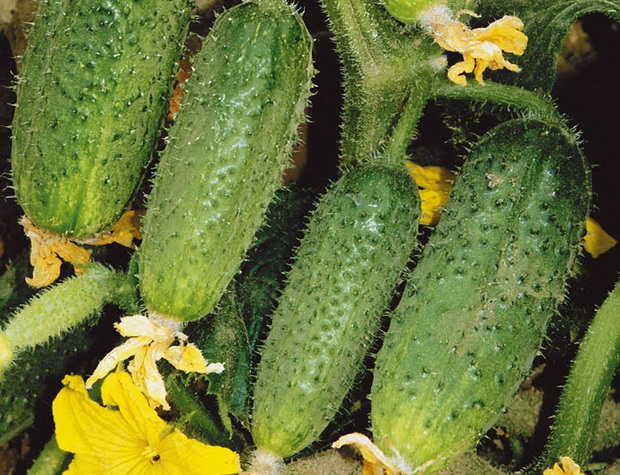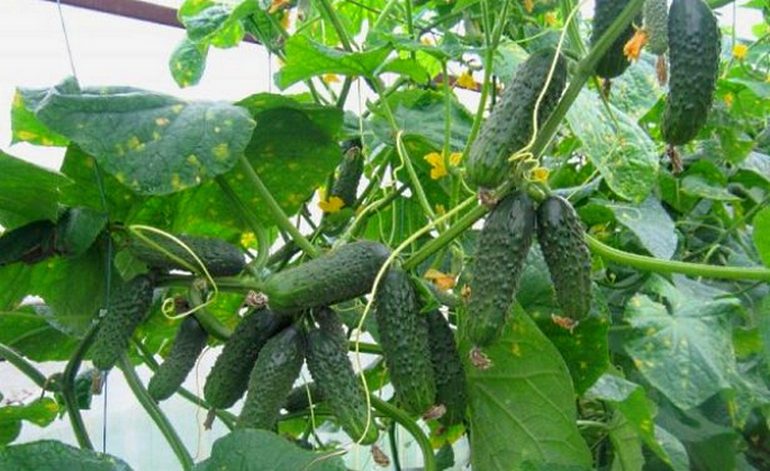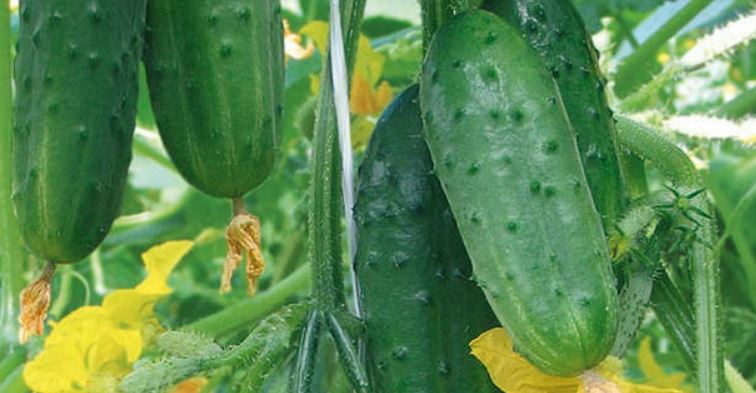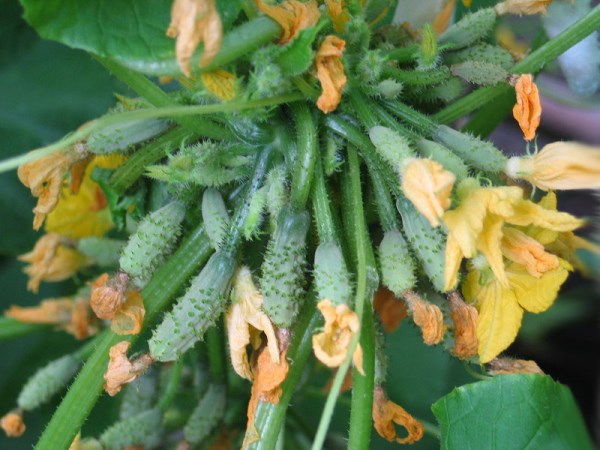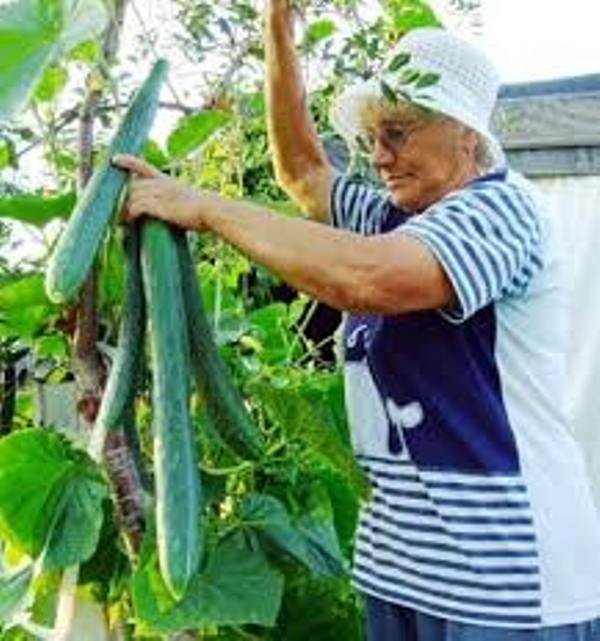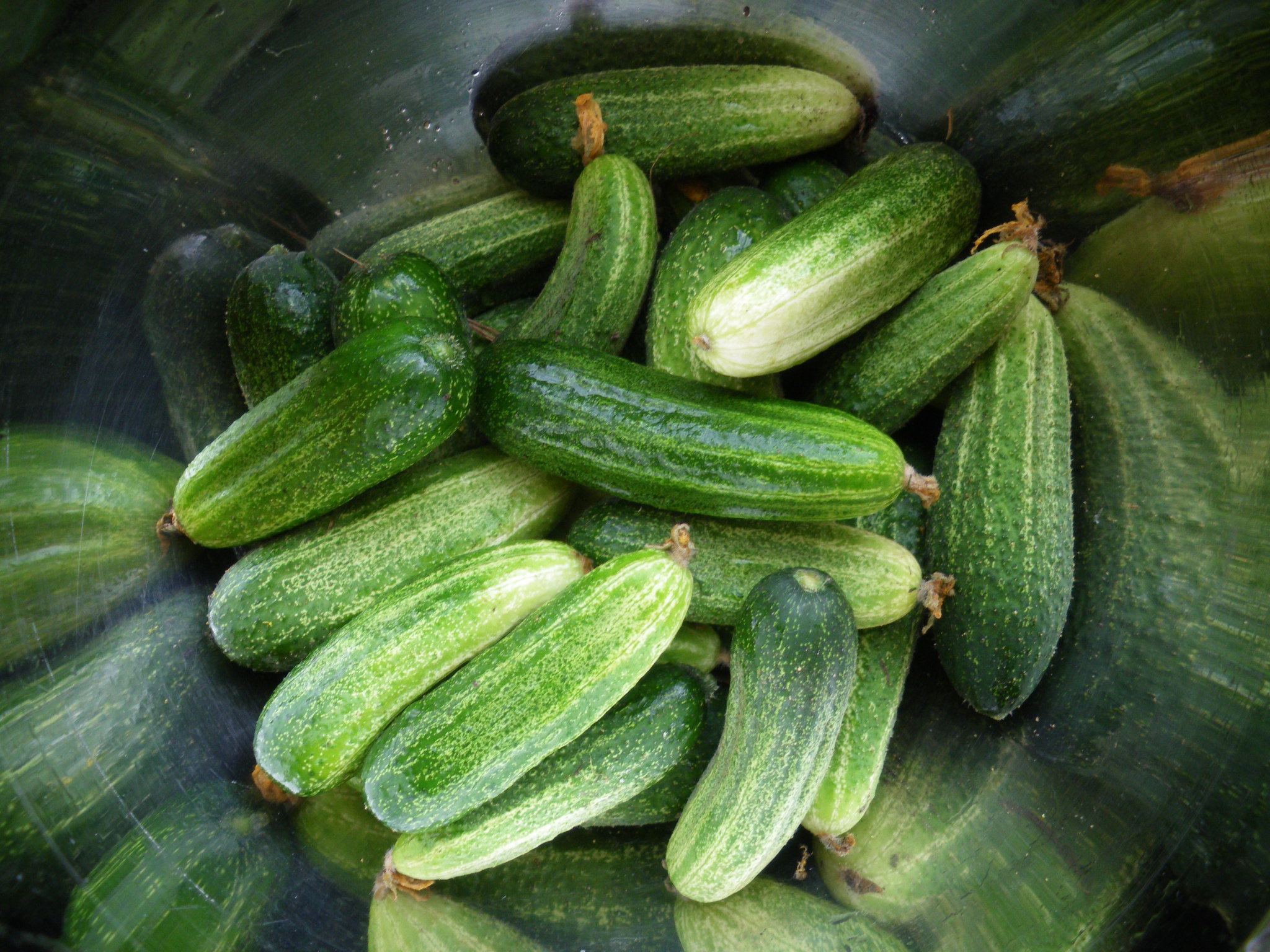Content:
The period from spring to autumn is the time for fresh, juicy vegetables. Especially delicious when they are just from the garden. The Libella cucumber is a hybrid variety. It was bred by breeders in Germany. Such varieties have a special designation f1. This means that his seeds are not suitable for growing the next year, they lose their properties.
The plant can be grown outdoors, in a greenhouse, even on a balcony or loggia. The plant is characterized by long stems. It is considered a mid-season variety. Libella cucumbers are quite long - from 12 to 15 cm. The skin is covered with small tubercles with white thorns. On average, the fruit weighs from 100 to 140 grams. From one bush, you can collect up to 19 kg per season. Fruits of pleasant taste, without bitterness. They can be eaten fresh, pickled.
Cucumber growing rules
To enjoy the fruits already in early July, you need to grow seedlings. Libella - cucumbers, absolutely unpretentious in the choice of soil. Peat cups are suitable for seedlings, where you can pour soil from your own garden. But before you put a seed there, the earth must be disinfected. To do this, you can scald it with boiling water or treat it with a solution of potassium permanganate.
The yield is affected by the shelf life of the seeds. If harvested 3-4 years ago, a bountiful harvest can be expected. If the seeds are last year's, the lashes generally grow.
F1 cucumber seeds should be sown for seedlings in late April or early May. They are planted in the garden in mid-May.
Seeds should be re-graded to remove hollow seeds. To do this, they must be immersed in a saline solution, weak grains float up, they are thrown away. They are not suitable for planting. To prepare a solution, you need 1 tbsp. l. dissolve salt in 1 tbsp. warm water.
Those seeds that remain at the bottom of the container must be soaked for a day in a growth stimulator or in aloe juice.
When the seedlings grow up and the first true leaves appear, the cucumbers can be planted in open ground. A week before that, you need to harden the sprouts, taking them outside daily.
Before planting, you need to prepare the soil:
- dig up;
- apply fertilizer (rotted manure).
All this will have a positive effect on the yield of cucumbers.
For planting bushes, it is necessary to make holes at a distance of 30 cm from each other. After planting seedlings, you need to water it, and cover it with foil overnight. It is ideal to plant cucumbers where potatoes or tomatoes have grown.
The Libella cucumber needs the correct shaping of the bush. To do this, cut off excess shoots. The central and first lateral shoots must be left. This allows you to increase the yield.
Plant care
One of the main conditions for a good harvest is regular abundant watering. With a moisture deficit, the fruit can taste bitter.
Do not pour at the very root, this can lead to rotting and the plant will die. Better to make a small hole for watering near the bush. Water should not get on the leaves and stems - this increases the risk of fungal diseases.
During cultivation, potash, nitrogen phosphorus fertilizers need to be applied, this should be done no more than 1 time in 15 days.For growth at the first stage, potassium and nitrogen are added, and for fruiting - phosphorus. You can buy mineral fertilizers in the store or use natural organic fertilizers. An excellent result is given by the alternation of mineral and organic fertilizers.
Humus, ash and sand are suitable as top dressing.
Also nutritious mixes for cucumber are:
- infusion of crafty husk;
- a mixture of whey and iodine;
- diluted chicken droppings or mullein.
The root system is poorly developed, therefore it is necessary to weed and loosen the ground carefully so as not to damage the root. This will prevent it from drying out and crusting. When the stems grow, additional roots form on them, so they should not be moved, lifted. During harvesting, you need to carefully move around the site so as not to step on the stem, otherwise it may die.
The stems can be guided onto the trellis. When the plant reaches a length of 30 cm or more, it is tied to a support with soft fabric bands. The rows should be 50 cm apart so that the cucumbers can get enough sunlight.
Flowers do not self-pollinate; this requires bees and other insects. The first fruits will appear 50 days after the seed has emerged. They must be collected on time, without overgrowing, otherwise the number of ovaries may decrease.
Prevention and methods of disease control
Despite the fact that the variety is resistant to various diseases, at a temperature of about 10 0There is still a risk of defeat. Also, this temperature inhibits growth and development. At the same time, it is undesirable for the temperature to rise to 35 0C - this negatively affects fruiting.
By regularly examining the leaves, you can detect various diseases and pests in time. For example, if the foliage is infected with aphids, the insects can be removed or the plantings can be sprayed with warm soapy water.
You can also plant honey in rows or bushes with garlic, onions or dill. The smell of these plants repels many pests.
Advantages and disadvantages of the variety
The list of positive characteristics should include:
- pleasant taste;
- high productivity;
- resistance to various diseases;
- long fruiting period;
- transportability;
- long fresh shelf life.
The variety has practically no flaws, but it is worth noting:
- fruits can quickly outgrow;
- the formation of light spots is possible, this affects the appearance.
Having planted cucumbers on your garden plot, you can enjoy the fruits of your hands during the harvest season and in winter, eating them pickled. Moreover, it is easy to care for hybrid varieties.



